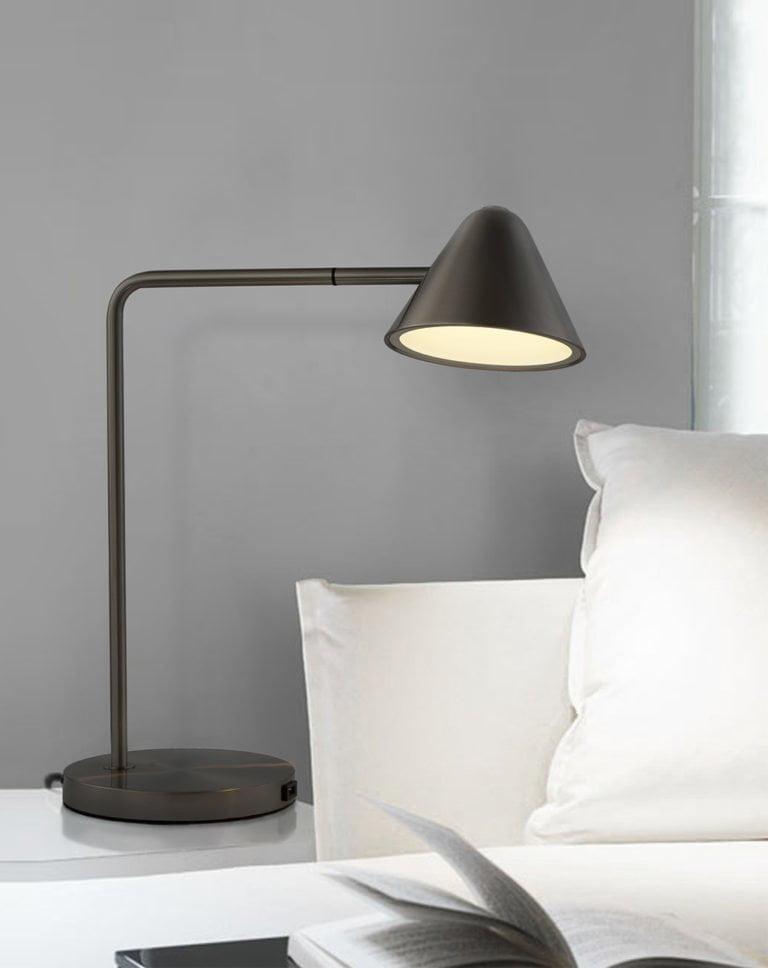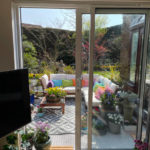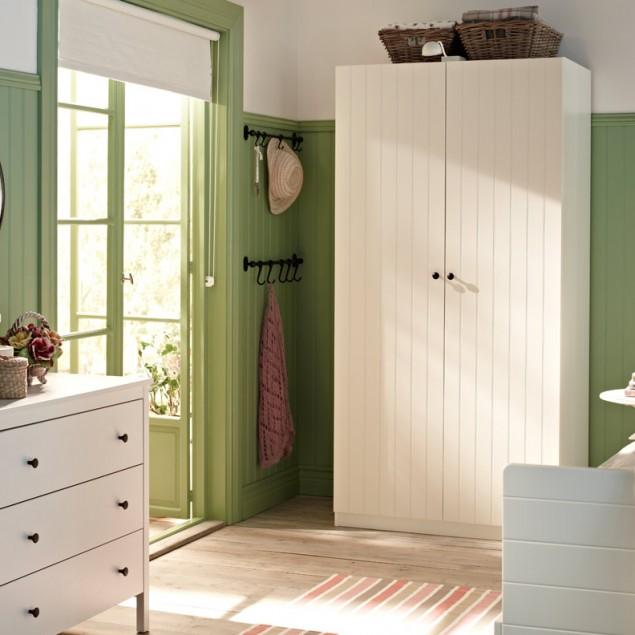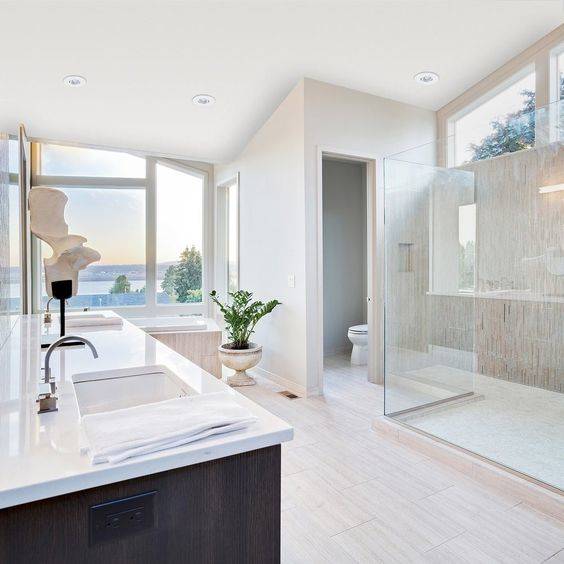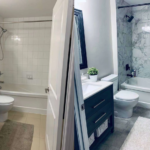Your study environment is one of the most critical factors in successfully learning and retaining information and putting it to use. Choosing the best lighting can not only boost your academic performance, but it can also reduce the short-term effects of reading, like eye strain and headaches, while making your study sessions more comfortable and satisfying.
But with millions of desk lights on the market, what’s the best lighting for a desk, and what kind of light fixtures work best for studying? Before you start shopping for your next desk lamp, here are some tips to help you make the right decision courtesy of the lighting experts at NovaofCalifornia.com
Prioritize flexibility and design.
If you’re starting your search for new desk lights, make sure to consider which lamp design will work best for your type of work and space.
If you’re looking to light a bigger space, many modern floor lamps have a flexible head, making it easy for you to customize your lighting solution and disperse light evenly across your room. Floor lamps provide higher light toward tables than desk lamps, making them more suitable for larger working areas.
On the other hand, as the most popular and primary type of lighting for studying, desk lamps are available in two types—one for tabletops and one for clipping on desks. Modern desk lamps feature flexible arms and necks, while some feature rotary heads. Many clamp lamps offer a fashionable design, enabling you to adjust your light source whenever needed.
Even though floor lamps provide a brighter light than tabletop desk lamps, desk lamps are typically the first choice due to their lightweight features, the proximity of light to the work surface, and flexibility.
Consider your budget and space availability.
Along with functionality and aesthetics, you’ll need to consider the practicalities of buying a new lamp. Before you start shopping, be sure to ask yourself where you’re planning to place the light in your room. Do you have enough space for a floor lamp on the side of your desk, or are you interested in more focused lighting, like a desk lamp in the corner of your desk?
Additionally, when it comes to shopping for lamps, prices can vary from tens to hundreds of dollars. If you’re shopping on a budget, ask yourself what you’re willing to spend, and determine which features you’ll need in that price range before purchasing.
Choose the right lumen output.
When searching for desk lights, too many people ignore the information on the packaging. With incandescent bulbs, brightness is always measured in watts.
While there are some specialty lights, like halogen and fluorescent lights, most people understand a 60-watt bulb’s brightness. When it comes to LED lights, choosing the perfect brightness level is a bit more complicated, as lumens became the new measurement used to measure brightness.
It’s essential to choose desk lamps with a high enough lumen output to provide sufficient illumination for the task at hand. As a general rule, desk or task lighting should be around 50 lumens per square foot. Alternatively, if you’re shopping for incandescent bulbs, choose a bulb with between 40 and 50 watts.
Use multiple sources of light.
While it might be tempting to use task lighting, such as a desk lamp, as your primary source of illumination, creating multiple layers of light at the same time can help protect your eyes from unnecessary damage.
For example, using a warmer overhead light combined with a more focused light source, such as a swing arm lamp, will make it easier for your eyes while reading, as focusing on a single light source can be too harsh. Above all else, when choosing desk lighting, it’s all about balance.
Whenever possible, take advantage of natural lighting for reading and studying. When it comes to creating the perfect study space, aim to incorporate as much natural light as possible for the best results.
Choose the right color temperature.
When natural light isn’t available, you’ll need to choose a color temperature that mimics natural lighting as much as possible. While many people choose warmer temperature lamps for studying, natural sunlight is close to the cool scale—at around 6,500K on the Kelvin scale.
When choosing the perfect lighting solution, it’s essential to keep in mind that there is a wide range of color temperatures available. If you’re not sure where to start, here’s a general guide:
● Less than 2000K: Dim light, similar to candlelight. This lighting is best for adding ambient lighting to dimmer areas.
● 2000K–3000K: A soft, warm glow. You can find this type of lighting in dining rooms, bedrooms, and living rooms.
● 3100K–4000K: Bright white lighting. You can find this type of lighting in offices, kitchens, and other “task lighting” spaces.
● 4600K–6500K: Similar to daylight, with a blue-white glow. Ideal for workplaces and other spaces that require bright lighting.
● 6500K and over: Bright, blue light. You can find this type of lighting in commercial bathrooms.
In a 2019 study by the Korea Advanced Institute of Science and Technology, researchers found that color temperature levels around 6,500K caused the highest level of psychological alertness around participants, while 3,500K was found to be the most relaxing.
Besides choosing the right color temperature, make sure to select a dimmable desk light, as you might need some extra light during evening study sessions. If you tend to keep your lamp on at full brightness, the excess light could damage your eyes.
Minimize shadows.
When you’re reading a book or writing an essay with a bright task lighting solution, your eyes will have to adjust to the room’s other lighting levels. If you have many shadows in your space, your eyes will have to adjust to a harsher contrast when you shift your focus away from the task lighting.
To avoid potential eye strain, make sure to minimize shadows around the room by adding extra lamps.
Light Quality First, Aesthetics Second.
When searching for the best desk lights for studying, it’s crucial to prioritize features like color temperature, flexibility and design, and lumen outage to find comfortable lighting and protecting your eyes from unnecessary damage. Aesthetics are still important so you will enjoy the sight of your lamp; however, they come after the light quality.




